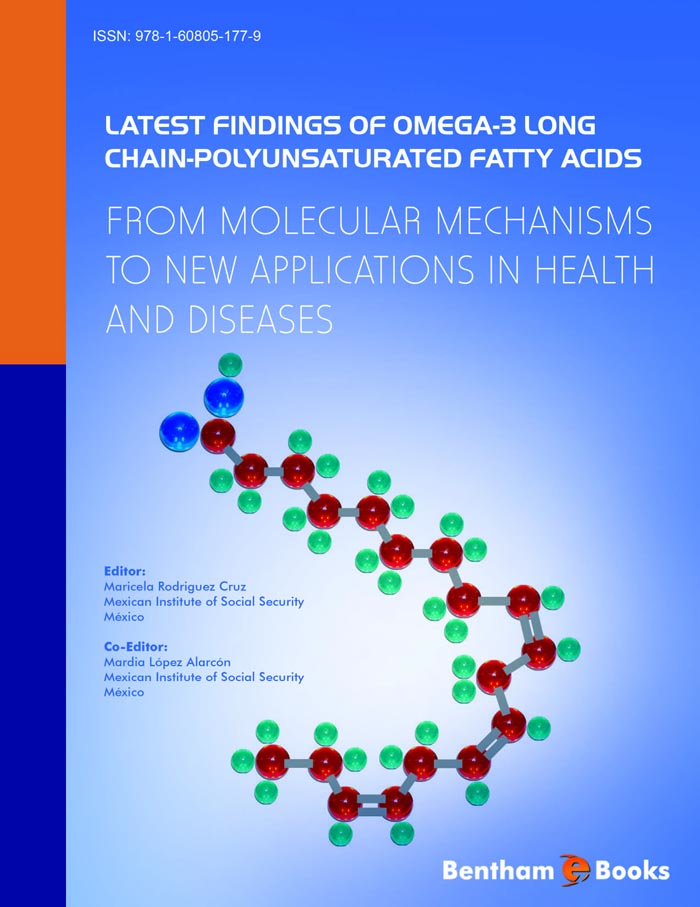The knowledge generated about the benefits of the n-3 long chain polyunsaturated fatty acids (LC-PUFAs) is huge and relevant to different medical areas such as endocrinology, cardiology, pediatrics, nutrition, immunology, psychiatry and oncology. Therefore, with this book, the massive medical and scientific community will have rapid access to the related advances to their field. Thus, this book has been prepared to give details about the state of the art regarding the n-3 LC-PUFAs in nutrition and medicine, in physiology and gene regulation, their food sources and recommendations, as well as the likely protective mechanisms of these fatty acids in major diseases.
There is considerable interest in the impact of n-3 LC-PUFAs in mitigating the morbidity and mortality caused by chronic diseases. Increased intakes of n-3 LC-PUFAs such as eicosapentaenoic (EPA) and docosahexaenoic (DHA) acid are related with positive effects on cell and tissue function and human health. It has been demonstrated that supplementation with these fatty acids decreases blood triglycerides; slows the buildup of atherosclerotic plaques; lowers blood pressure slightly; reduces the risk of death, heart attack, and arrhythmias; improves neurological and cognitive development in newborns, decreases insulin resistance, and leads to reduction of hepatic steatosis. Beneficial effects have been observed also in human models of diabetes, obesity, and cardiovascular diseases, and lately, increased evidence about positive effects of n-3 LC-PUFAs on depression and its common comorbid physical conditions has been released. In addition, our research group has demonstrated recently that DHA administered in the acute phase of infection with sepsis, modulates cytokines production, and decreases the effect of infection on appetite protecting the nutritional status of children. Most of the health benefits of n-3 LC-PUFAs can be attributed to their influence of the physical nature of cell membranes and membrane protein-mediated responses, eicosanoid generation, cell signaling and on expression of genes involved in cellular key processes.
As it is known, n-3 LC-PUFAs are not efficiently synthesized in humans. Therefore, they need to be obtained directly from the diet. Thus, it is important to know the main sources of n-3 LC-PUFAs to promote the consumption of these fatty acids. Accordingly, based in epidemiological and clinical studies it is necessary to spread the knowledge about the recommendations of LC-PUFAs of different international health organizations such as FAO/WHO.
Authors of this book are well-recognized researchers in their specific field. All of them have made important contribution to the knowledge of the beneficial effects of n-3 LC-PUFAs at different levels. We extensively thank them for the time dedicated to the writing of this book, which we are sure will help to understand the mechanisms used by such fatty acids and their application in translational medicine.
There are some people who have helped us with the content of this book. Specifically, we thank Engineer Salomón Alarcón Fuentes by his contribution in the design of the cover. We also warmly thank our husbands and my mother for the time we stole from them for the preparation of this book.
Maricela Rodriguez-Cruz,
Mexican Institute of Social Security
México
&
Mardia López-Alarcón, M. D., Ph. D.
Mexican Institute of Social Security
México

